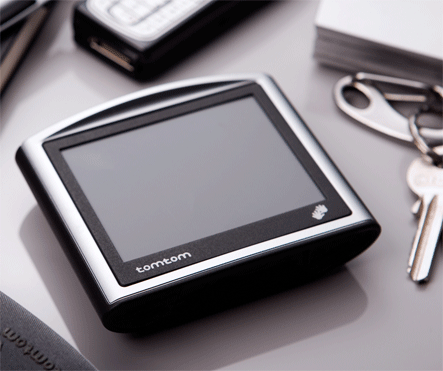The main idea is a bit difficult to master, because most people who are best at it were born with it. Photographers refer to it as having "an eye" for a good looking picture. That is to say that one person can take a picture of something, and another person with the exact same conditions can take a far superior picture just by thinking outside the norms of photography. The key to an awesome photograph is to make an interesting one. If every picture was taken at eye level with the subject in the center, after the first few pics most people would get bored and stop looking. However, if you can incorporate variety and interesting subjects into your shooting, you'll end up with better pictures.
There are three basic things to help incorporate variety into your photos, and to help develop "an eye" for what a good picture might be.
Framing
The first is to frame your pictures while you're taking them. If you have picture or painting on the wall and you put a frame on it, it looks more classy - the same thing applies to a picture.
In the picture to the right, instead of zooming in and getting a close up of the subject, I used surrounding bushes to make for a more interesting picture. This makes the picture more interesting to look at without distracting too much from the main subject.
Thirds
The second concept is called the rule of thirds. The best thing about this is that it can be implemented into photos you have already taken by cropping. The idea here is to mentally split your photo into thirds, both horizontally and vertically, and have the subject of your pic at one of the intersections of these thirds. The reason for this is that the human face is constructed in thirds, with the eyes at the top intersection of the left and right third.
 When you talk with someone, your gaze is generally focused on one eye or the other, which attracts your eyes to the same locations in photos. This causes a centered subject to be more like the nose of the picture - possibly interesting but not what we naturally look at the most.
When you talk with someone, your gaze is generally focused on one eye or the other, which attracts your eyes to the same locations in photos. This causes a centered subject to be more like the nose of the picture - possibly interesting but not what we naturally look at the most.This photo uses the rule of thirds in two different areas. The first is the entire left wall of the museum follows very closely to the split of the left third from the rest of the image. This makes the viewer's eye follow the wall and with the color differences from bottom to top, the image is given a unique effect. The second area where the rule of thirds is applied is the text "art museum" which falls into the lower right third of the picture, attracting eyes there as well.
Perspective
The final tip is to have an interesting perspective. If your camera has a macro mode, try it out. If you're shooting at eye level, angle your shot to make something in your picture more interesting.


If you're in a position to get closer than normal, do it. If you can get a low angle, go for it! These types of ideas help to add an immense amount of variety to your photos and can create patterns like in the picture or the right, or something unique such as the lens flare in the image below it. This is where the most interesting photos can come from, and this is where your "eye" can emerge giving your photography its own style.
Disclaimer: I am not a professional photographer or even pretending to be one - these tips have helped me take better pictures and hopefully can help you do the same.




